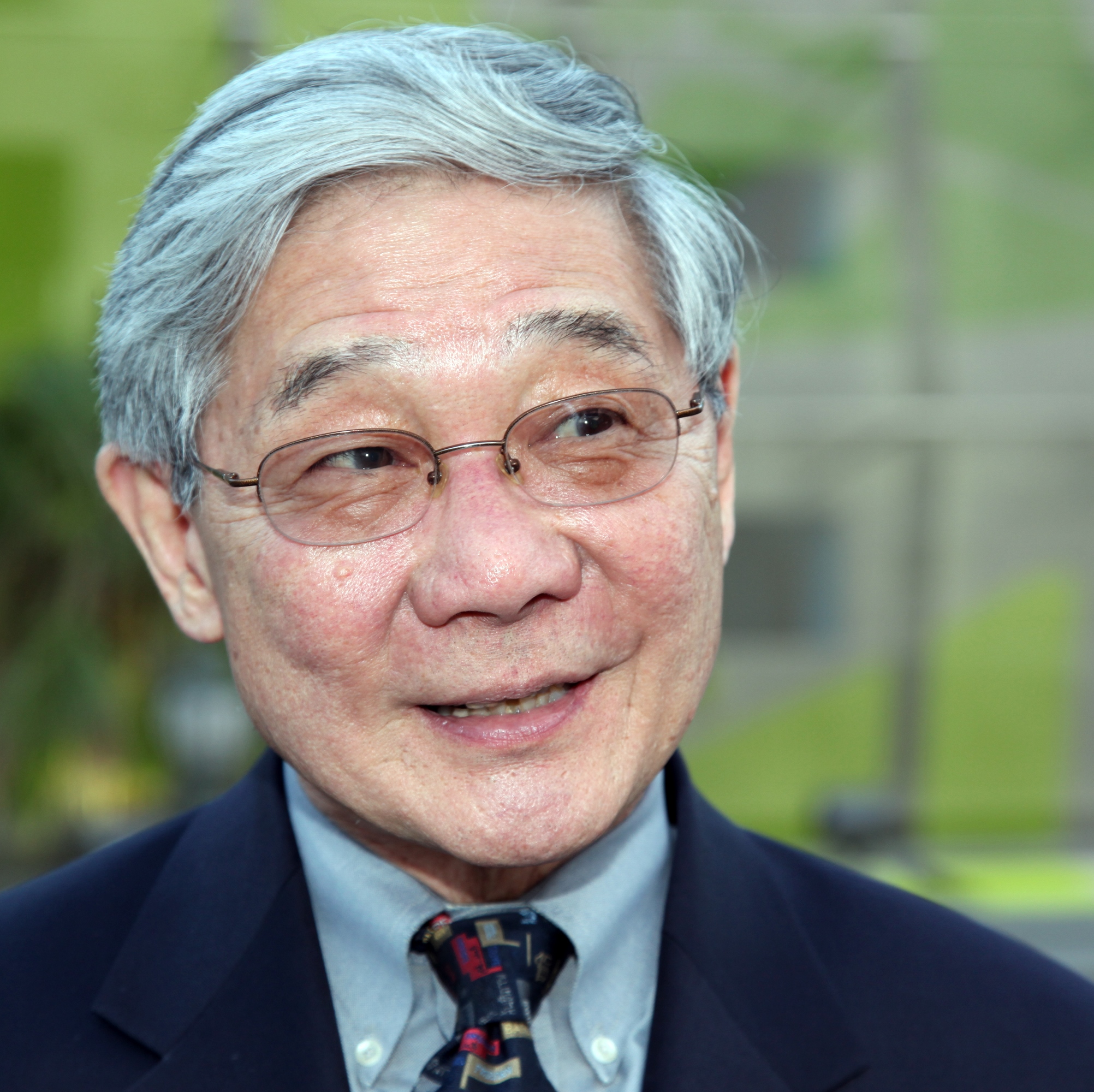17 Jan / Columbia Documentary History of the Asian American Experience by Franklin Odo + Author Interview [in AsianWeek]

Franklin Odo is not one to rest on his laurels. As a man of many firsts – first from his Hawai‘i high school to get into Princeton, first Asian Pacific American to break into the most prestigious, lily-white, eating club there, co-author with Amy Tachiki and Eddie Wong of the first bona fide APA breakout text, Roots: An Asian American Reader, first director of the Smithsonian Institution’s Asian Pacific American Program, and, most recently, the first APA curator at the National Museum of American History – he’s gotten used to being a trailblazer. So it’s no surprise that he has just published the first book that brings together a canon of the documents that are of utmost importance to APA history, the just released Columbia Documentary History of the Asian American Experience (Columbia University Press).
Together with Gary Okihiro’s Columbia Guide to Asian American History, published in December 2001, the two titles offer a comprehensive overview of the APA experience over several hundred years in the United States. Both texts bear witness to our sense of entitlement, to claiming our own important portion of American history: We’re here. We’ve been here a long time. And we will continue to be here as long as this country is here.
AsianWeek: How did the book evolve?
Dr. Franklin Odo: Altogether, the book was a six-year project. I had been teaching APA history for several decades, and I knew that we as historians often refer to a set canon of very important documents. I started with the documents that are generally considered to be most crucial, such as the 1882 Exclusion Acts, the 1898 Wong Kim Ark decision that irrefutably established that anyone born in U.S. was automatically a U.S. citizen, the 1924 and 1965 immigration acts, and several World War II Japanese American constitutional cases. These were the landmark legislation pieces that helped define what the field of APA history is all about. From there, I sought out letters, political cartoons, lyrics, editorials, and speeches that illustrated important trends or events that might be interesting for researchers or students to explore. Some of the choices were just intuitive. Others were chosen to reflect the changes in APA history, to give a sense of what was important that was taking place in American history. For example, while pre-1965 documents are heavily Chinese American, Japanese American, Korean American, and Filipino American – although primarily Chinese American and Japanese American due to early immigration patterns – post-1965 is replete with huge numbers of different kinds of documents to reflect the influx of significant numbers of other APA immigrants. The last section has far more pieces that reflect South and Southeast Asian Americans and gay/lesbian APAs. I did make particular effort to look at what people might consider popular culture – I didn’t want to be too much of an old fogey – including Hawai‘i’s pidgin writers and troubadours of the APA movement like Nobuko Miyamoto. … [click here for more]
Author interview: “History in the Making: Dr. Franklin Odo’s Columbia Asian American History Reader,” AsianWeek, January 17, 2003
Readers: Young Adult, Adult
Published: 2003

